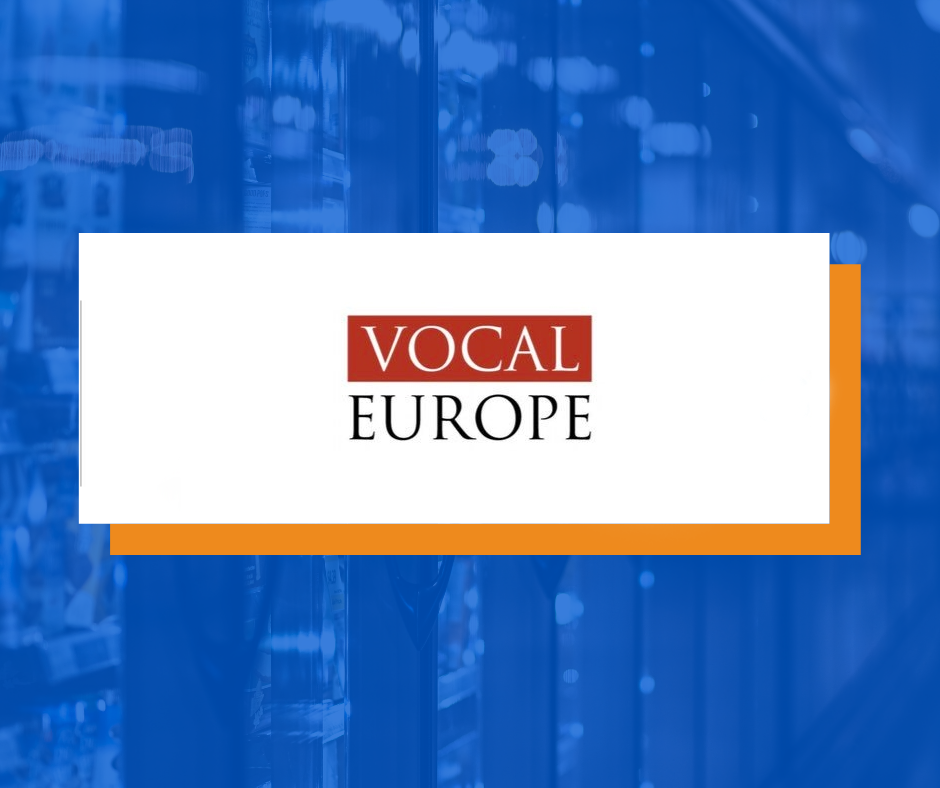Over the course of this year, it seems as though the debate on environmental protection has greatly shifted to the issue of plastics, namely the effects of ill-disposed of waste on marine life.
This is no bad thing; the disastrous consequences of plastic rubbish on the oceans are well-documented, and I’d wager few could see the images and videos of marine animals affected by the waste and not feel inclined to ditch the plastic straw next time they get an iced coffee.
While the intentions behind this new focus are, undoubtedly, good, sadly the responses of governments across the world have been rather heavy-handed and reactionary, to say the least. Legislatures, such as that of the US State of California, have begun rushing out legislation which outright prohibits the use of single-use plastic items, such as straws.
With the European Commission now discussing a similar tactic, and with the European Parliament voting in favour of the new plastics strategy, we may soon witness similar restrictions across the EU.
But are further restrictions on single-use plastics really the best route to take, if the EU wishes to reduce its plastic footprint on the oceans? Moreover, what are the externalities of such a measure on the freedom of consumers, and those who rely on plastic items?
Barely Scratching the Surface
While plastic pollution is certainly a matter deserving of debate and action, it’s important not to forget just where all the waste is coming from. According to Statista, of the ten countries that contribute the most plastic waste into the oceans, nine are in Asia, Africa, and the Middle East, with the United States being the only exception in tenth place.
As such, any reduction in Europe’s contribution to the problem will seem rather negligible in comparison to the mountains of plastic entering the oceans from other continents.
The effects of a plastic ban will seem smaller still when we consider the pollutive ‘qualities’ (for lack of a better word) of many ‘environmentally-friendly’ or ‘green’ alternatives to single-use plastic products. For example, the Commission press release on the new plastics strategy states that:
“Member States will have to reduce the use of plastic food containers and drinks cups. They can do so by setting national reduction targets, making alternative products available at the point of sale, or ensuring that single-use plastic products cannot be provided free of charge.”
While the alternatives discussed here are often less pollutive at the final stage of the products life, however, overall they often require far more fuel and energy at the production stage. For instance, the paper alternative to a styrofoam drinking cup, while far more biodegradable, produces far more pollution when factors such as production and transportation are taken into account.
In short, the EU’s plastic strategy seems to have the potential only to very slightly reduce the pollutive contribution of an entity that already makes up a mere fraction of the global problem.
Of course, this alone hardly constitutes a case against efforts to reduce European plastic waste; even the tiniest reduction in pollution and plastic entering the ocean is progress towards cleaner planet. However, when we consider the costs and effects of a single-use plastic ban on more social factors, such as consumer choice and extra costs to businesses, the trade-off simply doesn’t seem worth it.
Better Alternatives
Sadly, the approach of banning or otherwise restricting the use and provision of single-use plastics punishes the many for the acts of a few. Owners of businesses such as cafe, bars, or restaurants will be required to switch from plastic straws and packaging to more-expensive paper or otherwise biodegradable alternatives, driving costs up and profit margins down as a result. This is a burden felt by certain cafes in California follow the aforementioned ban.
Moreover, to impose blanket bans or restrictions on single-use plastics overlook numerous detrimental effects to the consumer. Aside from the likely knock-on effects on prices brought about from the extra costs imposed on businesses, the European Vending and Coffee Association argues that the proposal compromises the ability of service businesses to guarantee proper hygiene as customers are incentivised to bring their own cups.
Rather than imposing unnecessary burdens on producers and consumers alike, the EU should consider a more pragmatic, less reactionary approach. For instance, improving the recycling infrastructure of Europe, and thus increasing the amount of plastic waste which is recycled rather than littered, would go far further at reducing the environmental impact with lessened social and economic implication
Instead of glazing over the real problem with a simple ban, let’s look for long-term, practical solutions that don’t place the positions of consumers and business owners in jeopardy.
Originally published here




